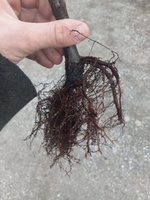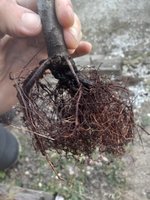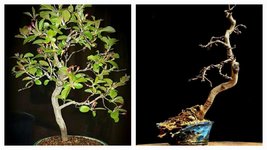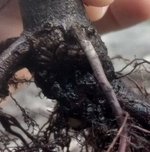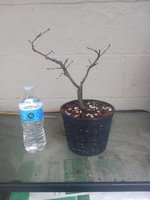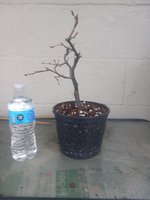Bonsai Tree
Seedling
- Messages
- 11
- Reaction score
- 3
Hello, I have this small European Hornbeam which I'm looking to develop. As you can see from the pictures, the roots are not all at the same height. If I plant (I intend to use a pond basket filled with bonsai soil) the tree at an angle so as to put the roots at an equal height, will this be a viable solution? Also, as for the space between the roots where no roots seem to be emerging, if I continue over several years to prune the roots, will the tree push out new roots to fill those gaps? Perhaps repotting it and scoring lower trunk and rubbing rooting hormone may work?I'm open to all sugestions, even having to air layer to create good nebari. Thanks.
Attachments
Last edited:


